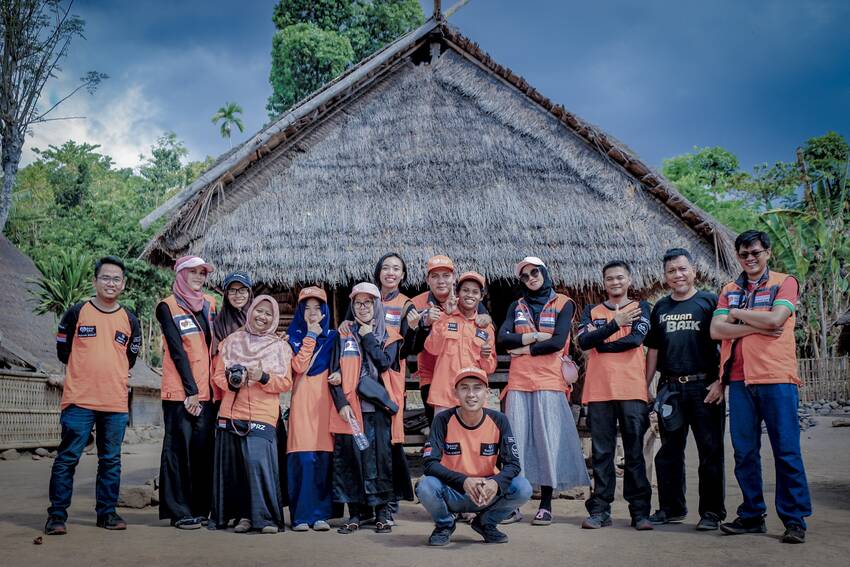Grassroots organizations and non-governmental organizations (NGOs) stand as pillars of disaster resilience, working closely with communities to provide education, resources, and vital support. Beyond immediate relief efforts, their collaborative initiatives empower vulnerable populations, laying the groundwork for communities to withstand and recover from disasters while fostering long-term resilience
Community-Level Education Initiatives
Grassroots organizations and NGOs prioritize community-level education as a cornerstone of disaster resilience. By imparting knowledge about local hazards, preparedness measures, and evacuation plans, they empower individuals to make informed decisions during crises. Education initiatives often involve workshops, training sessions, and the dissemination of educational materials tailored to the specific needs and context of each community.
Resource Allocation and Provision
In addition to education, these organizations address the tangible needs of vulnerable populations by allocating resources strategically. This includes providing essential supplies, emergency kits, and establishing community infrastructure that can withstand disasters. By ensuring that communities have access to basic resources, grassroots organizations and NGOs create a foundation for resilience, enabling residents to better cope with the immediate aftermath of a disaster.
Support Networks and Capacity Building
Building resilient communities goes beyond the distribution of resources; it involves the establishment of support networks and the enhancement of local capacities. Grassroots organizations and NGOs work to strengthen community bonds, fostering a sense of solidarity that is crucial during times of crisis. They also engage in capacity building, empowering community members with the skills and knowledge needed to take a proactive role in disaster response and recovery.
Cultural Sensitivity and Local Context
One key strength of grassroots organizations and NGOs lies in their ability to operate with cultural sensitivity and an understanding of the local context. By respecting and integrating local traditions and practices, these organizations tailor their interventions to align with community values, ensuring that their efforts are well-received and effectively address the unique challenges faced by each community.
Advocacy for Policy Change and Community Involvement
Grassroots organizations and NGOs often engage in advocacy efforts to influence policies that promote disaster resilience at both the local and national levels. They work to amplify the voices of vulnerable communities, advocating for policies that prioritize their needs and rights. Additionally, involving community members in decision-making processes ensures that disaster resilience strategies are inclusive, responsive, and sustainable.

